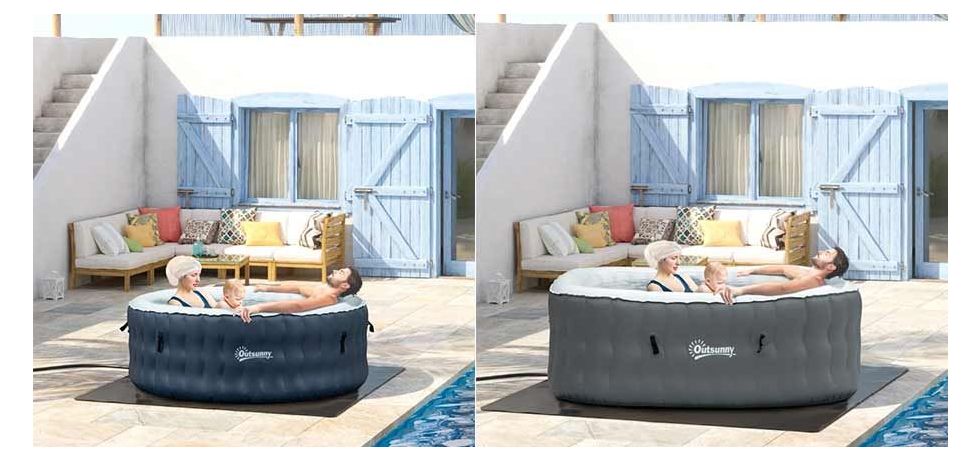Inflatable hot tubs have gained immense popularity as a cost-effective and convenient alternative to traditional hot tubs. While the initial purchase price is relatively affordable, it's crucial to consider the ongoing operating costs. One of the primary concerns for potential buyers is understanding how much it costs to run an inflatable hot tub. In this blog post, we'll explore the factors that influence the operating costs and provide practical tips to help you estimate and optimise the expenses involved.
Energy Efficiency:
When it comes to determining the running costs of an inflatable hot tub, energy efficiency plays a significant role. High-quality inflatable hot tubs are designed to be energy-efficient, incorporating various features to minimise power consumption. These may include better insulation, programmable timers, and efficient heating systems. Prioritise energy-efficient models as they can significantly impact your monthly electricity bills.
Heating:
The primary contributor to the running costs of an inflatable hot tub is the heating element. The heating system typically consists of a heating unit and a pump that circulates the water. The power consumption of these components varies among different models. On average, the heating element consumes between 1,200 to 2,500 watts, while the pump consumes around 500 to 1,500 watts.
Temperature Settings and Usage Patterns:
Your desired hot tub temperature and how frequently you use it will determine the overall energy consumption. Maintaining higher temperatures and using the hot tub more frequently will result in increased energy costs. To reduce expenses, consider lowering the temperature when the hot tub is not in use or adjusting it to a comfortable level instead of extremely high temperatures.
Insulation and Covers:
Proper insulation plays a crucial role in heat retention and can significantly impact energy efficiency. Most inflatable hot tubs feature insulating materials that help retain heat, thereby reducing the energy required to maintain the desired temperature. Additionally, using a well-fitted cover when the hot tub is not in use prevents heat loss and further decreases energy consumption.
Location and Climate:
The external environment and climate conditions where the inflatable hot tub is placed can affect the energy consumption. If the tub is exposed to cold weather or strong winds, it may require more energy to maintain the desired temperature. Consider placing the hot tub in a sheltered area or using windbreaks to minimise heat loss.
Electricity Costs:
The cost of electricity varies depending on your location and the electricity provider. To determine the actual running costs, you can check your electricity bill or contact your utility provider for the current electricity rates. With this information, you can estimate the monthly or annual expenses involved in operating your inflatable hot tub.
Conclusion:
While the initial investment in an inflatable hot tub may be enticing, understanding the running costs is essential to make an informed decision. By considering factors such as energy efficiency, heating systems, temperature settings, insulation, location, and electricity costs, you can estimate the overall expenses involved in running an inflatable hot tub. Furthermore, implementing energy-saving practices, such as using covers and adjusting temperature settings, can help optimise your hot tub's energy consumption, reducing operating costs in the long run.







